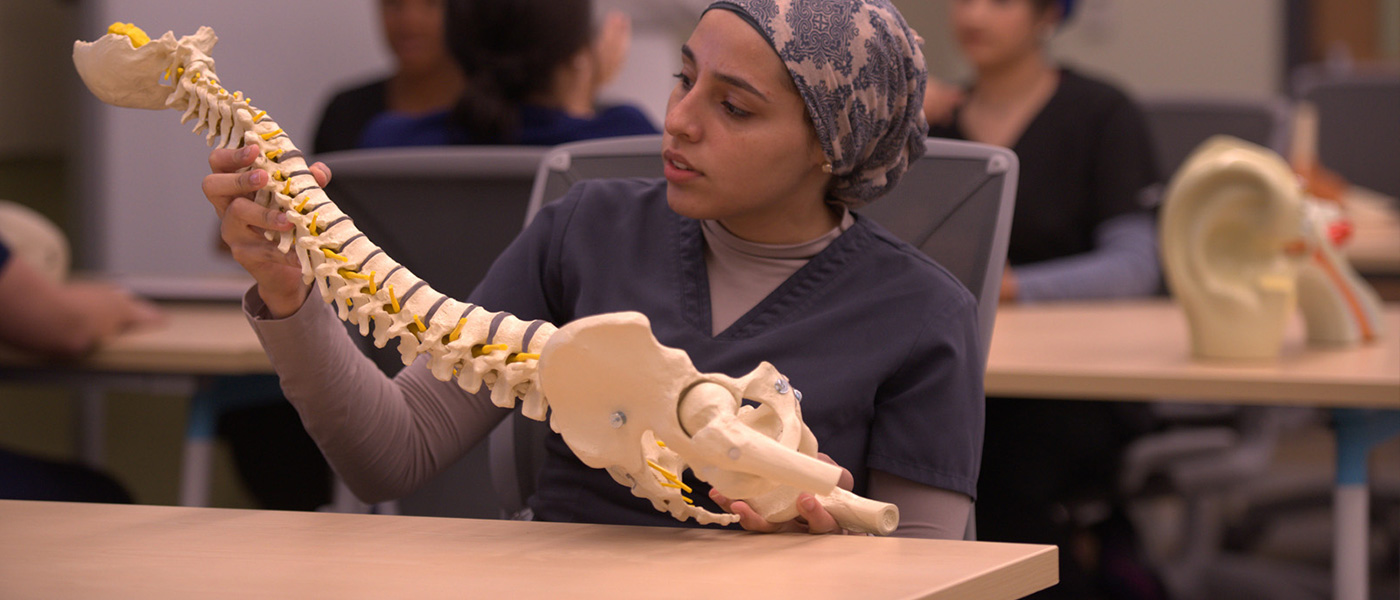Osteopathic Medicine
The practice of osteopathic medicine is guided by a holistic philosophy that includes osteopathic manipulative techniques to help achieve balance of the mind, body and spirit. Andrew Taylor Still, MD, DO (1828-1917), founded the American School of Osteopathy, in 1892, having discovered a new form of medical care that he named osteopathy.
Osteopathic Philosophy
The philosophy of osteopathy is expansive and holistic, focused on the patient, with specific attention to the cause of a disease and use of manipulative techniques as a possible treatment.
The following tenets are guides for providing osteopathic patient care: 1
- A person is the product of dynamic interaction between body, mind, and spirit.
- An inherent property of this dynamic interaction is the capacity of the individual for the maintenance of health and recovery from disease.
- Many forces, both intrinsic and extrinsic to the person, can challenge this inherent capacity and contribute to the onset of illness.
- The musculoskeletal system significantly influences the individual’s ability to restore this inherent capacity and therefore to resist disease processes.
1Rogers, Felix J. "Advancing a traditional view of osteopathic medicine through clinical practice." Journal of the American Osteopathic Association 105.5 (2005): 255.

